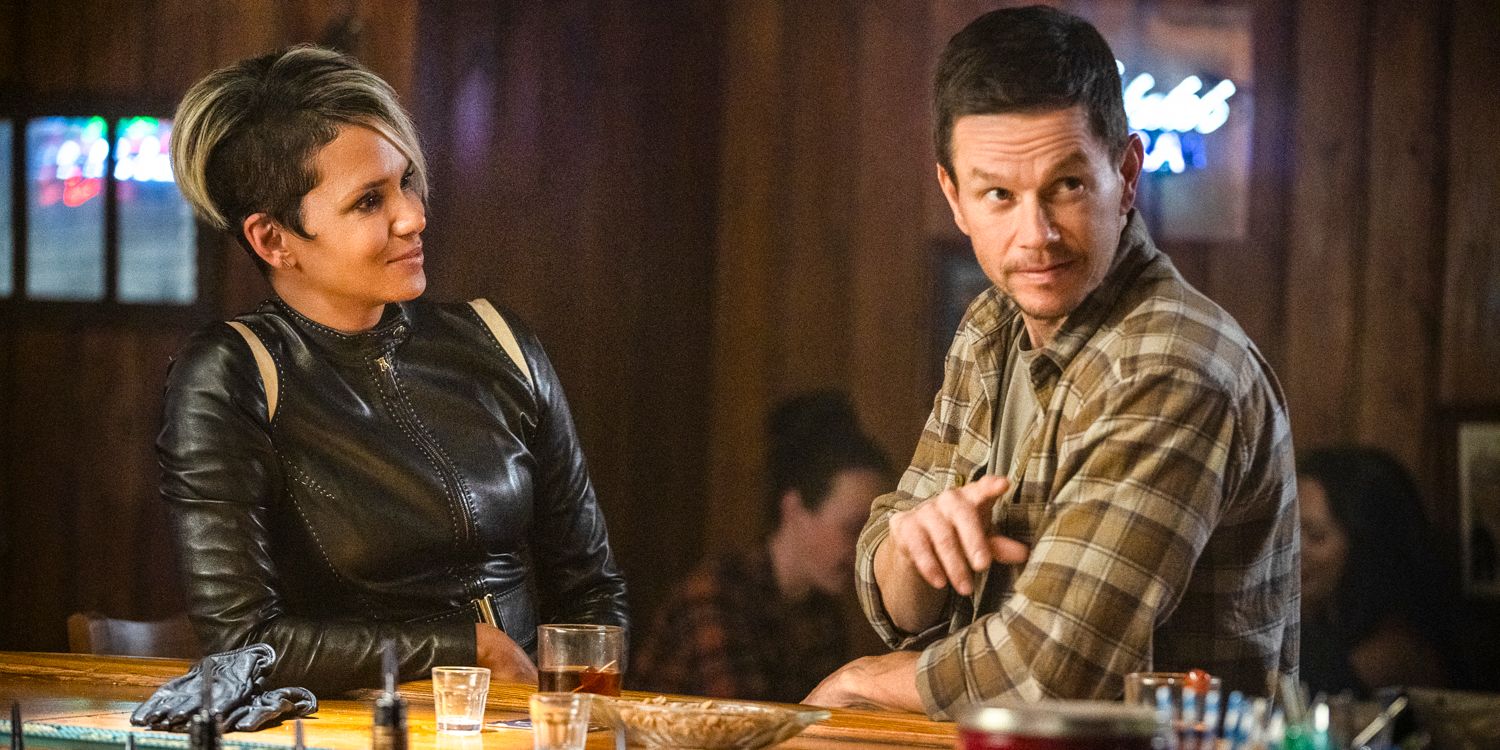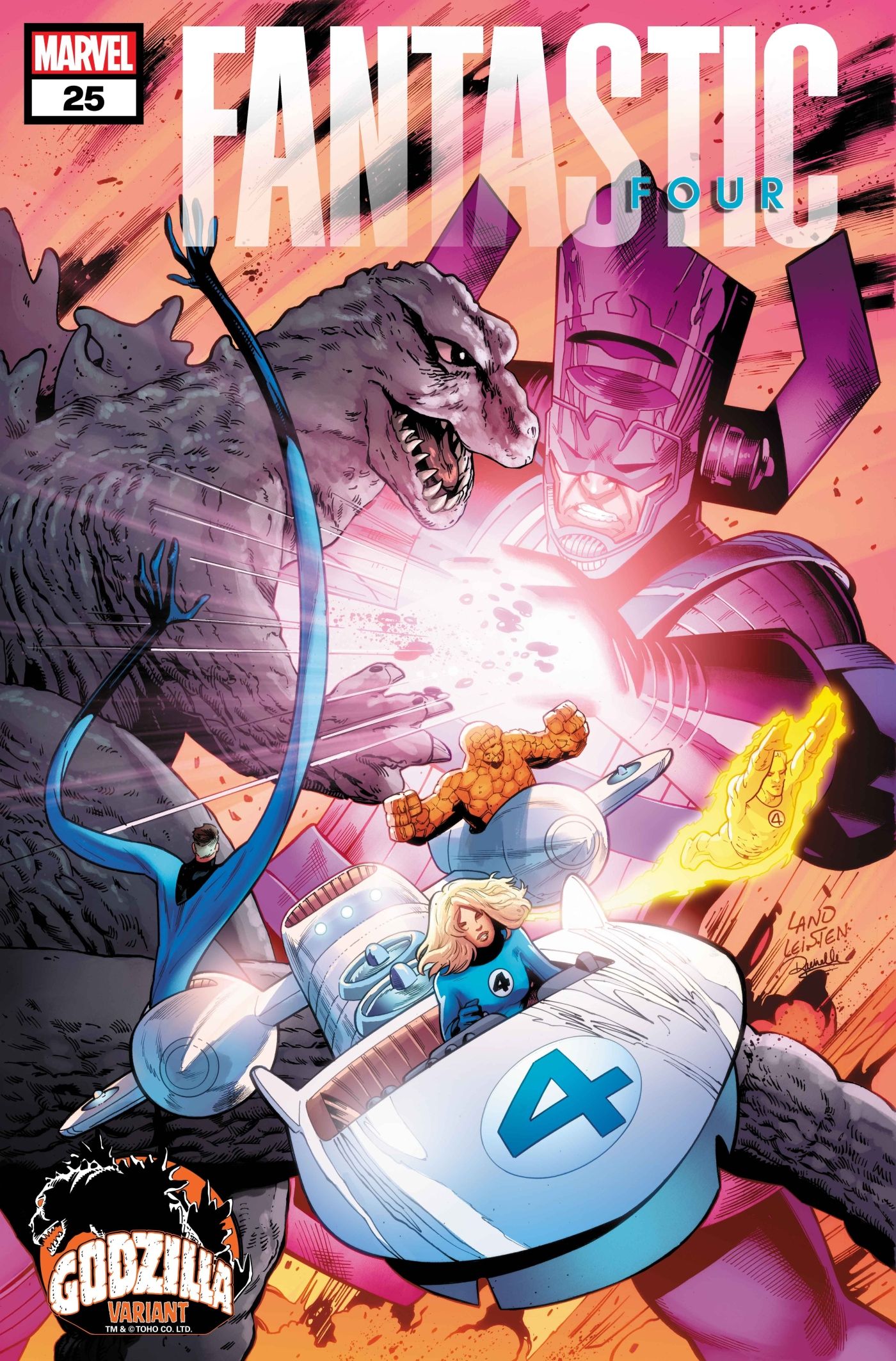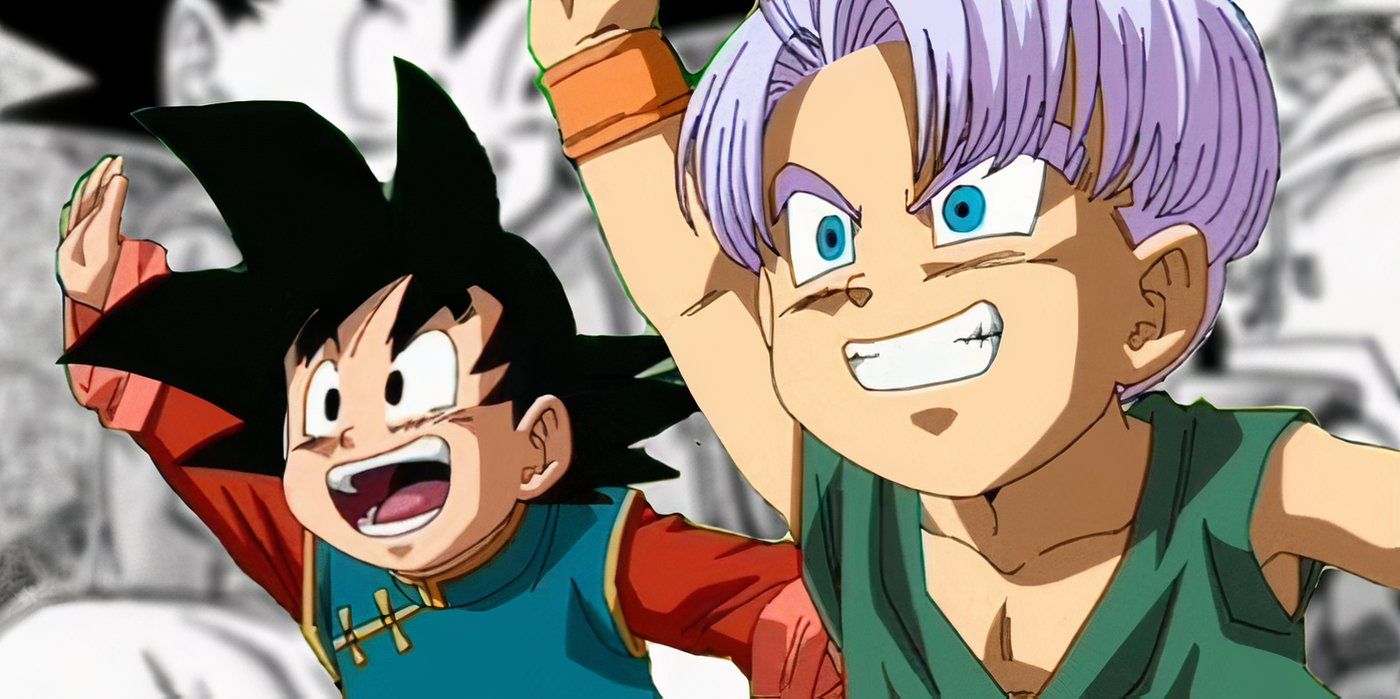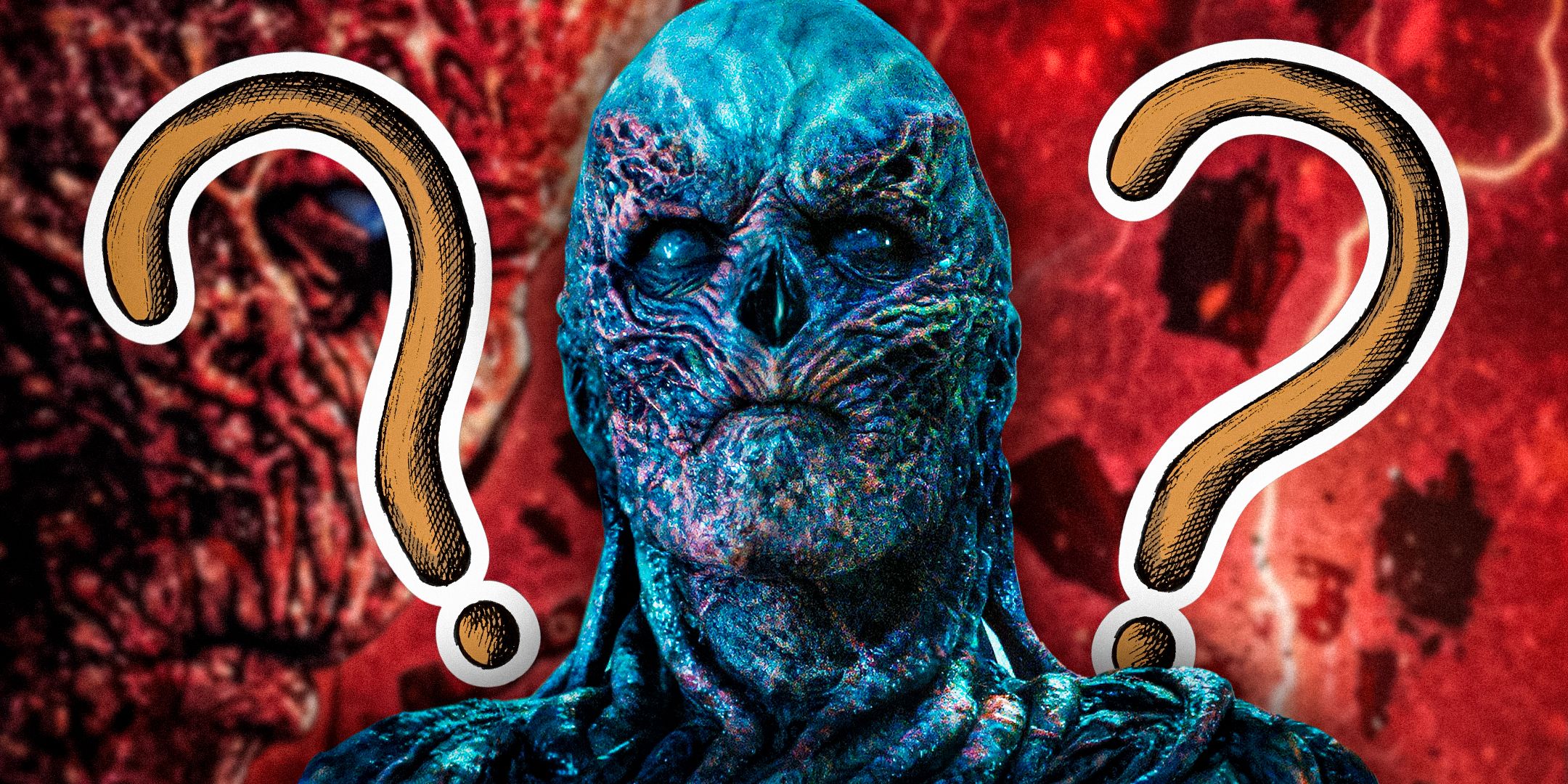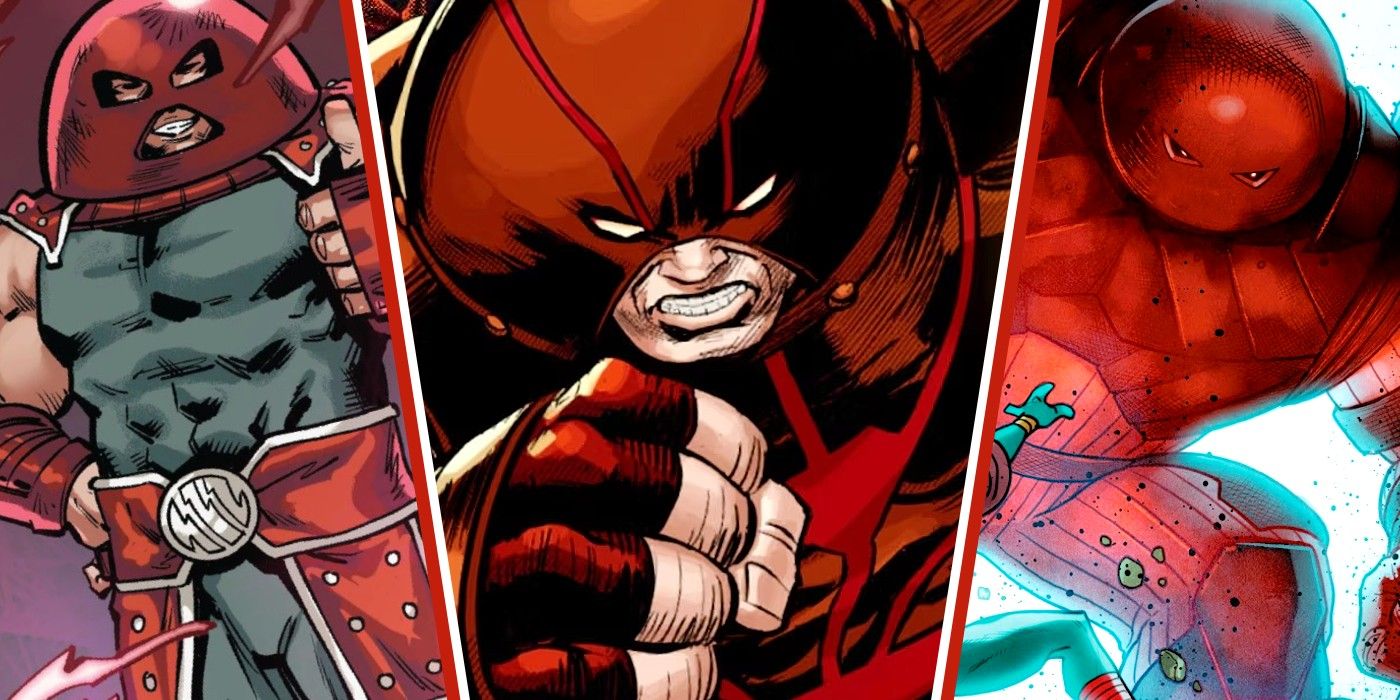The secret mission of mysterious Dark Jedi Baylan Skoll – one of the main antagonists in Ahsoka season 1 – could tie in to a surprising concept from Star Wars Legends. Played by the late Ray Stevenson, the Dark Jedi Baylan Skoll is an Order 66 survivor who played a key role in helping Morgan Elsbeth bring back Grand Admiral Thrawn. Skoll may be a villain, but his heinous actions are seemingly no more than a means to an end; he remained on the extragalactic world of Peridea, seemingly in search of a higher form of power related to the ancient Force gods of Mortis.
Baylan Skoll’s goals and behavior seem to tie into one specific Force philosophy from Star Wars Legends. The Force, as a fundamental concept in the Star Wars franchise, is the subject of intense debate. While the cosmic energy field permeates the galaxy and provides beings like Jedi and Sith with their powers, the difference between the Force, its dark side, whether or not there is a “light side” and what “balance” in the Force means are all explored across the franchise’s first official continuity – Legends – and the Disney canon. Legennds may offer a clue to Baylan’s mission.
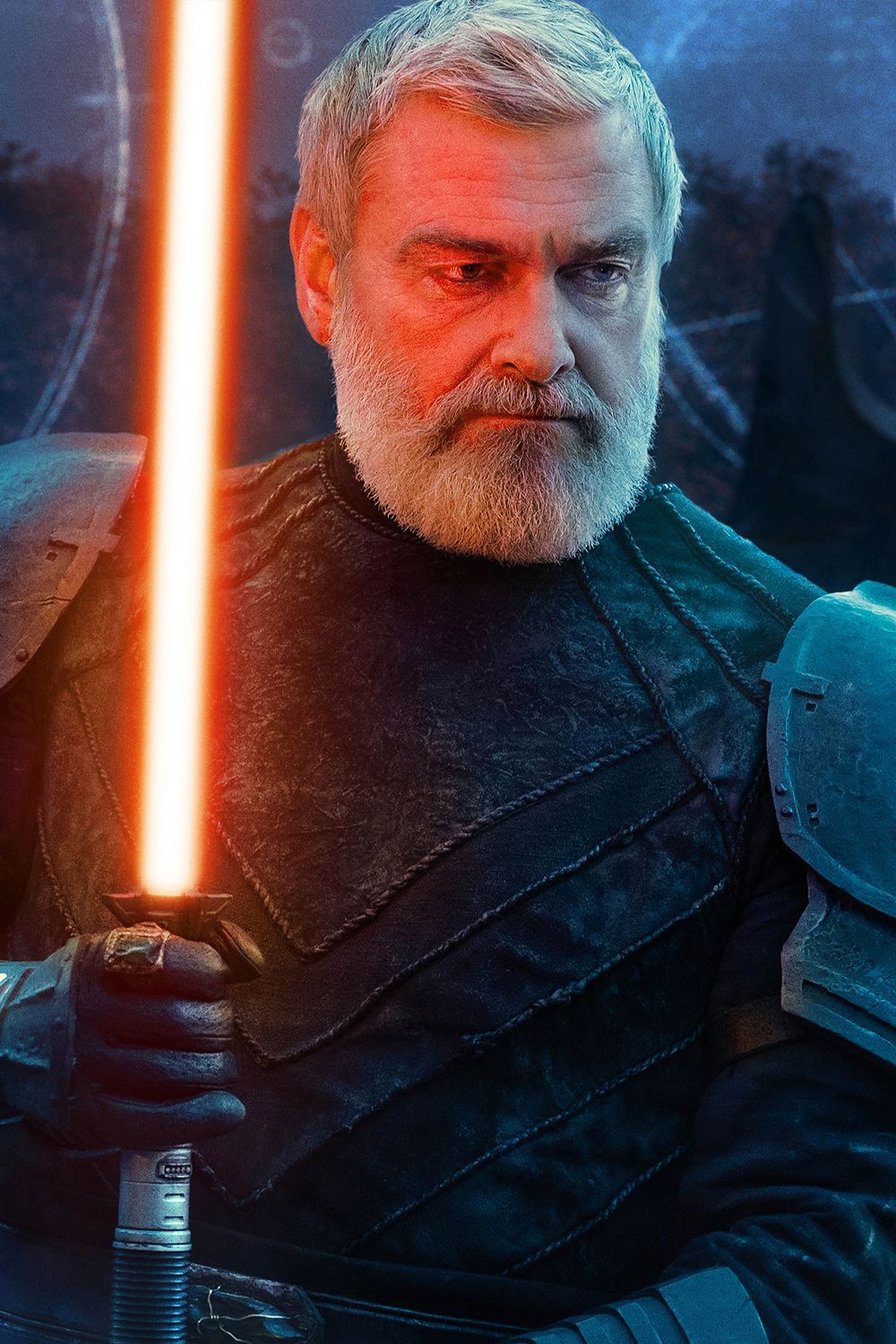
Baylan Skoll
A mysterious and enigmatic Jedi Master, Baylan Skoll survived Order 66 and took on Shin Hati as his apprentice. He operated in the galaxy’s shadows for years, only emerging when he took on an assignment for the Imperial Morgan Elsbeth – a mission that took him to the distant planet Peridea. There, he continues to advance his own mysterious agenda.
- Created By
-
Dave Filoni
- Cast
-
Ray Stevenson
- First Appearance
-
Ahsoka
Baylan Skoll Appears To Believe In The Unifying Force
Baylan Skoll is presented as a somewhat morally gray character in Ahsoka. Skoll mercilessly slaughters New Republic Navy personnel, provides invaluable assistance in bringing Grand Admiral Thrawn home, and nearly kills Ahsoka herself. Despite this, Skoll is depicted as reluctant to resort to violence and, in some moments, seemingly aware of and remorseful for his actions, perhaps seeing them as necessary for the greater good. Skoll is far from a heroic character, but he is not on the same level of villainy as the genuine Sith Lords of the Empire or even his Nightsister allies.
This corresponds with a Legends philosophy known as the “Unifying Force.” The Force, in its simplest terms, is a fundamental energy that permeates the galaxy. When beings defy the natural state of the Force and use it maliciously, they corrupt the Force, tapping into its dark side instead of its natural state. This has led viewers and even some characters in certain Star Wars properties (outside of the original and prequel trilogies) to assume there is a “light side.” The Unifying Force philosophy eschews the notions of the dark side and the light side.
Baylan Skoll may follow the Unifying Force philosophy. He retains a degree of honor from his time as a Jedi, yet uses his Force abilities as a means to an end. Baylan’s goal is unknown, but his final appearance has him standing among statues of the Force wielders of Mortis. The Force wielders themselves are near-omnipotent beings who represent different aspects of the Force. The Son represents the dark side, the Daughter could represent the “light side” or living Force, and the Father embodies the “balance” or Cosmic Force. Baylan could believe he is somehow trying to unify the Force again.

Related
Ahsoka Season 2: Story, Updates, Everything We Know
Ahsoka season 2 has finally been confirmed by Star Wars, and the story is now in development. Here’s everything we know about the project.
A Focus On The Unifying Force Leads To An Obsession With The Future
Another key aspect of the Unifying Force philosophy is its predilection for precognition. While the more common view of the Force – the so-called “Living Force” – views the Force as something akin to a living being whose will is to be listened to and followed, the Unifying Force treats it as a means of determining the future and fulfilling one’s destiny. Of course, there are Jedi prophecies, but such precogs tend to have a more balanced view of the matter. Yoda, for instance, warned Luke his visions are only potential futures during the latter’s training.
Baylan Skoll’s seeming rejection of the more conventional notions of the Force – through his implied “new beginning” on Peridea – seems motivated by a sense of destiny. Skoll struggles to maintain a degree of honor and mercy left over from his Jedi past, but he ultimately pursues his goal by any possible means. Of course, Skoll’s preoccupation with his supposed destiny could also be his undoing. If Baylan Skoll loses sight of the present, he may leave himself vulnerable to his opponents, such as Ahsoka Tano and Sabine Wren, who are now stranded on Peridea with him.
The Unifying Force Can Lead To Underestimating The Dark Side
This is not the only potential weakness of the Unifying Force philosophy, however. The viewpoint fails to note the distinction between the Force and its dark side. As shown throughout the Star Wars original and prequel trilogies, the Force takes extreme discipline to use skillfully, while the dark side grants greater power far quicker, but at the cost of one’s humanity. The dark side inevitably puts its users on the path to self-destruction, and for this reason, balance does not involve using the dark side to a limited degree. The Unifying Force viewpoint underestimates the danger of the dark side.
Baylan is seemingly a villainous example of the popular – albeit lore-breaking – concept of a “Gray Jedi.” “Gray Jedi” can refer to a Force-user who refuses to conform to the traditions of the Jedi Order or, more popularly, an anti-hero who uses both the “light sideS and dark side of the Force with no consequences other than the powers granted by both. This obviously cannot fit into the Star Wars franchise’s lore, since the “light side” is simply the Force in its natural and balanced state, while the dark side is an addictive corruption of it that intrinsically creates imbalance.
The Star Wars franchise is already perfectly capable of depicting moral ambiguity and complexity – both in characters and narratives – without this reductive misinterpretation of the Force. If anything, Baylan Skoll’s villainous actions throughout Ahsoka demonstrate the fact the Unifying Force clashes with the way it has been consistently been portrayed. Skoll’s single-minded preoccupation with his destiny and potential disregard of the typical definitions of the Force and its dark side resulted in him slaughtering members of the New Republic Navy and nearly undoing the victories of the Rebellion.
To relativize the dark side as the Unifying Force philosophy and likely Baylan Skoll do is to make one vulnerable to it. For whatever good intentions Skoll may have, he is still a dangerous fallen Jedi whose obsessions have turned him into a dangerous adversary of the New Republic. Of course, Skoll’s likely adherence to the Unifying Force philosophy may ultimately be his undoing, should the character return in Ahsoka season 2 and beyond.
